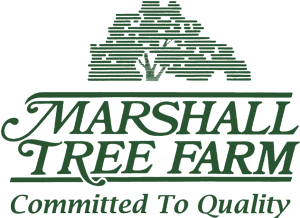Irrigating Newly Transplanted Trees and Root Growth Rates
The following was distributed at the 1995 Menninger Sunbelt Tree Conference By Roy A. Mecklenburg Irrigating Newly Transplanted Trees Newly transplanted trees in Central Florida require 1.5 to 3 gallons of water per inch of trunk diameter per irrigation. This water must be applied so that it penetrates into the root/soil ball. It does no […]
Irrigating Newly Transplanted Trees and Root Growth Rates Read More »
